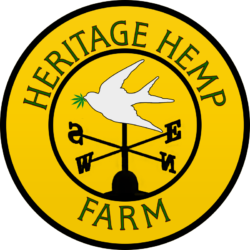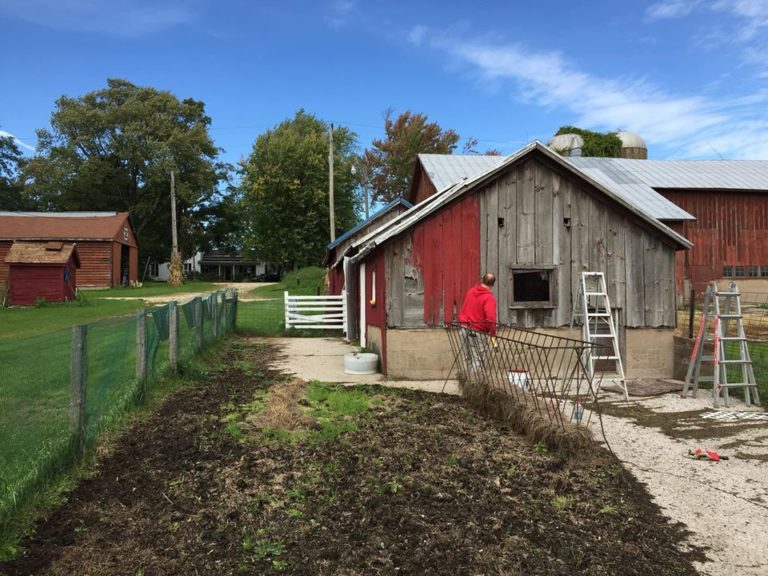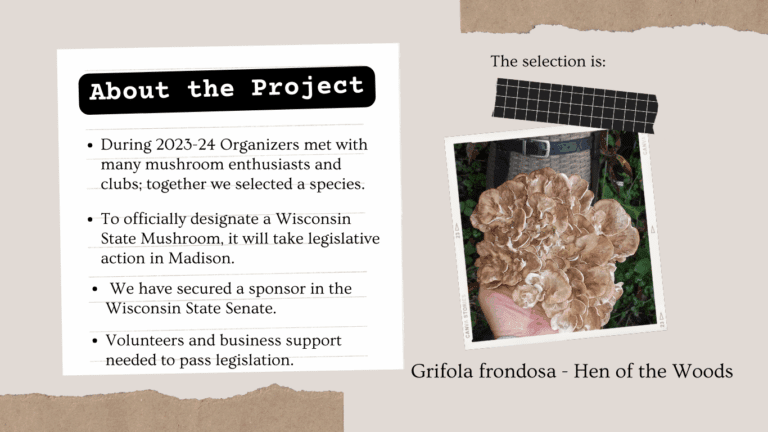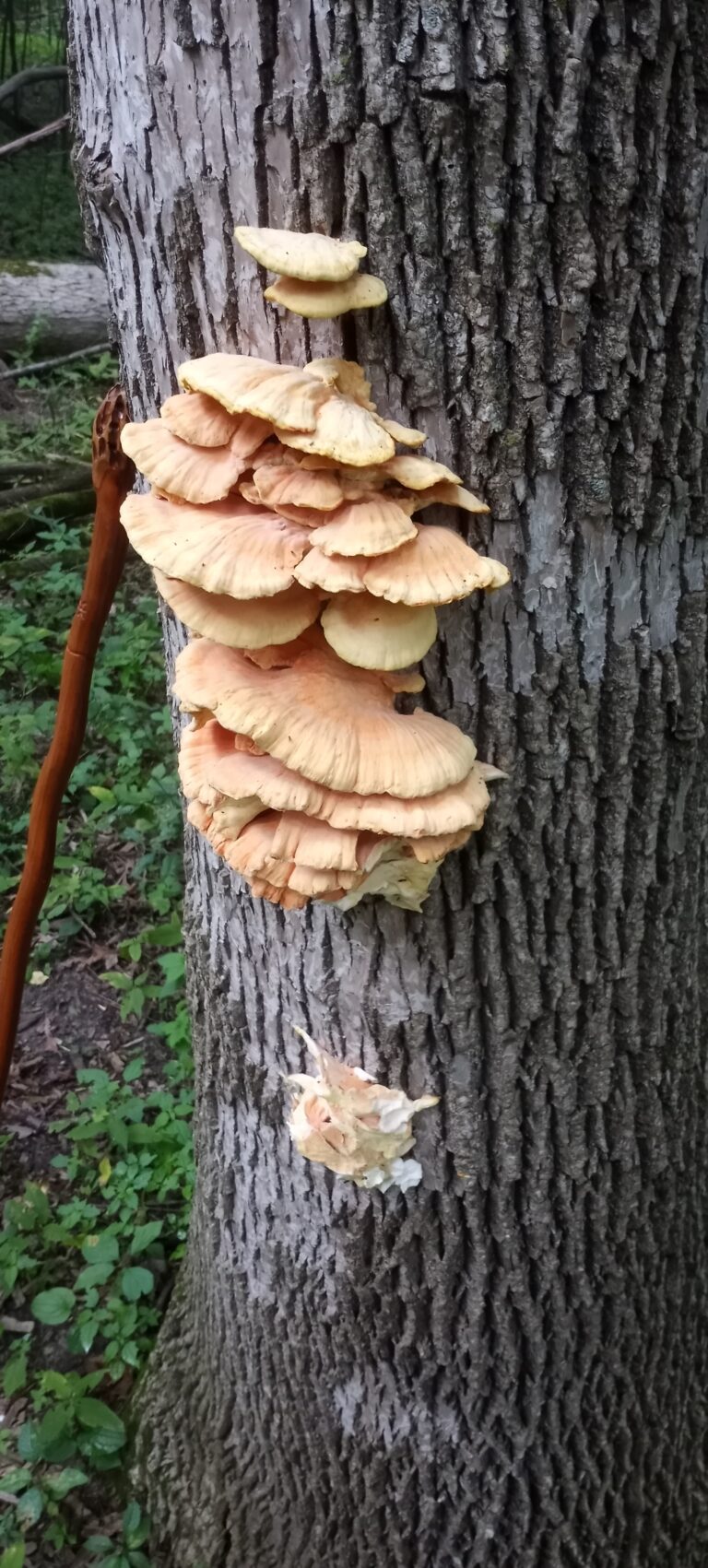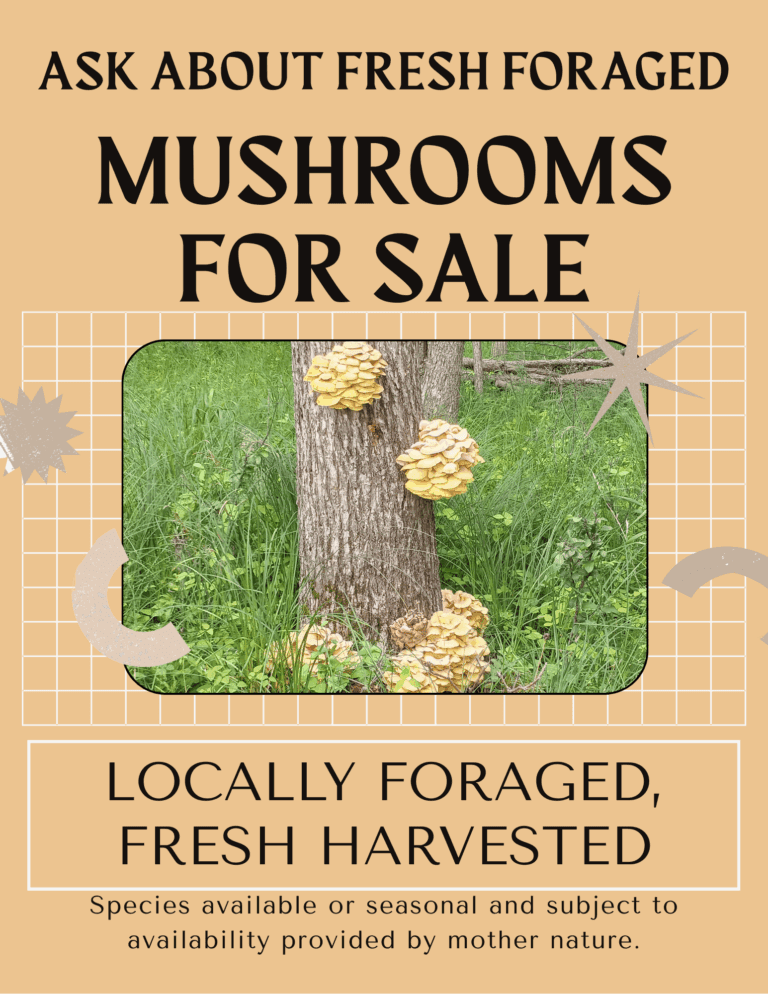Pheasant Backs: spring consolation prize for morel hunters?
In the same woodlands where puffballs flourish, another wonder emerges each spring and fall: the Pheasant Back Mushroom—also known as Dryad’s Saddle (Cerioporus squamosus, formerly Polyporus squamosus). It’s easy to identify, plentiful, and a delightful wild edible when harvested young [1]. Pheasant Backs are often called the “spring consolation prize” for morel hunters. I often passed them up but recently decided that I should give them an honest try and guess what, they were delicious!

1. Identification & Appearance
Pheasant Backs are bracket fungi with broad, overlapping caps that can reach up to 24 inches across, though tender specimens—best for eating—are usually no larger than 3–4 inches [2][3][4]. Their caps display a mottled pattern of tan to brown scales, reminiscent of a pheasant’s feathers [1][5]. Undersides feature honeycomb-like pores rather than gills, and slicing or sniffing them releases a refreshing cucumber or watermelon rind aroma [1][6].
2. Habitat & Seasonality
You’ll find Pheasant Backs on living or dead hardwoods—especially elm, maple, ash, and poplar—where they act as saprotrophs or weak parasites, causing white rot [1][7]. They fruit in early spring through early summer, often appearing alongside morels after a rain, and may also appear again in autumn [1][8].
3. Edibility & Culinary Use
When young and tender, Pheasant Backs are edible and tasty—you can sauté or fry them like classic mushrooms [9]. Because they toughen with age, only the smaller caps are best for fresh cooking; larger specimens make excellent mushroom stock or can be dried and ground for seasoning [1][10].
To prepare them, gently rinse, then slice or remove the pore surface if preferred. Sauté lightly in butter or oil—or go bold and fry breaded strips for appetizers. They pair surprisingly well with both savory and sweet dishes [11].
4. Health & Nutrition
While not as extensively studied as other medicinal mushrooms, Pheasant Backs are low in risk and rich in nutrients. They offer fiber, vitamins, and some bioactive compounds—but most importantly, they’re reliable, easy-to-identify wild edibles with no toxic look-alikes [1][12].
5. Ecological Role & Sustainability
These mushrooms are vital to forest ecosystems, helping decompose hardwood and recycle nutrients. Once found, the same trees often fruit again yearly [7][8]. As with all foraging, harvesting responsibly ensures future abundance.
6. Cautions
Though Pheasant Backs are generally safe, it’s best to sample a small portion first—some people may have sensitivity or allergic reactions [13]. Older specimens are often too leathery to enjoy fresh and may harbor insects [1][4].
Heritage Hemp Farm Commitment
At Heritage Hemp Farm, I’m a certified forager, deeply committed to both education and conservation. I can help you confidently identify mushrooms—ensuring safety and responsible stewardship. Feel free to reach out if you’d like to explore or learn more!
Whether you’re into cooking, conservation, or curious identification, I’m here to share knowledge, specimens, and guidance. Although I generally forage on private lands, I will surely share my public foraging spots on another project of mine, The Stoner’s Travel Guide to Wisconsin. If you have private lands and want me to walk them with you to identify mushrooms, please do not hesitate to contact me.
Sources
[1] WebMD – Benefits of Pheasant Back Mushrooms
[2] Mushroom Appreciation – Dryad’s Saddle size and features
[3] Foraging Bag – Size and tenderness guidelines
[4] Practical Self Reliance – Best harvest sizes, uses for large caps
[5] Nebraskaland Magazine – Cap pattern like pheasant feathers
[6] Practical Self Reliance / Project Upland – Distinct cucumber/watermelon aroma
[7] Wikipedia – Cerioporus squamosus habitat and role
[8] Practical Self Reliance – Fruiting season and recurrence
[9] Outdoor Life – Cooking tips (sauté, fry)
[10] Practical Self Reliance – Stock, drying, and seasoning use
[11] Mossy Oak – Unique dessert pairing with rhubarb/strawberries
[12] WebMD – Nutrition and bioactive compounds
[13] Nebraskaland Magazine – Allergy caution and taste notes
